Are you trying to edit a page with Elementor but keep getting the dreaded 404 Page Not Found error? Don’t worry—you’re not alone. This is a common issue for WordPress users, especially when Cloudflare caching is enabled.
In this guide, I’ll walk you through the step-by-step process to fix the Elementor 404 error and get back to editing your website smoothly.
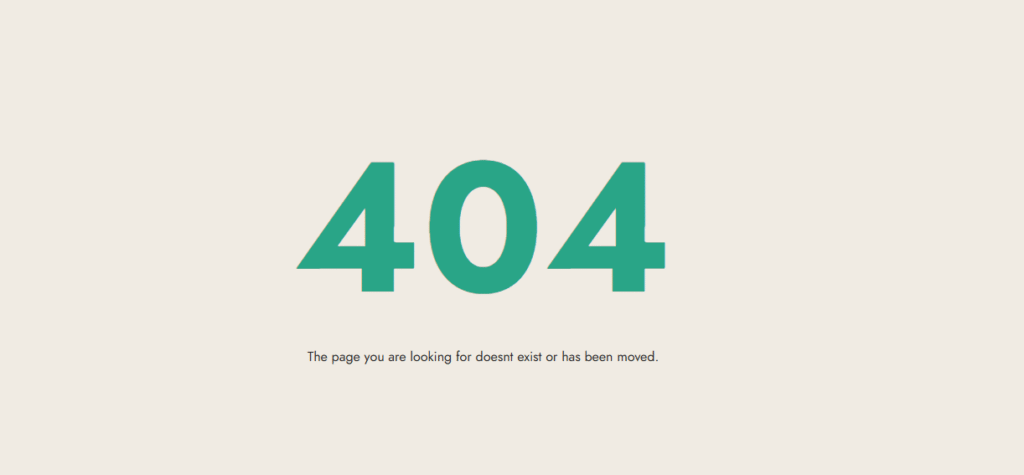
Why Does Elementor Show a 404 Error?
This usually happens due to:
- Incorrect permalink settings in WordPress
- Elementor’s default loader method conflict
- Cloudflare caching rules interfering with page loading
Luckily, the fix is simple.
Step-by-Step Guide to Fix Elementor 404 Error
1. Reset Permalink Settings
- Log in to your WordPress Dashboard
- Go to Settings → Permalinks
- Set the structure to Plain and save changes
(This refreshes permalink rules and often resolves 404 issues.)
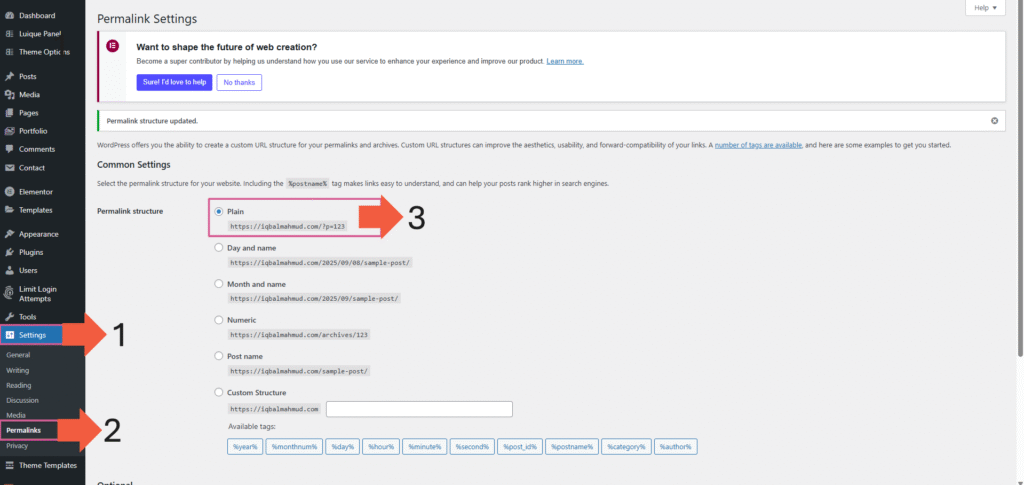
2. Switch Elementor Loader Method
- Go to Elementor → Settings → Advanced
- Find Switch Editor Loader Method
- Set it to Enabled
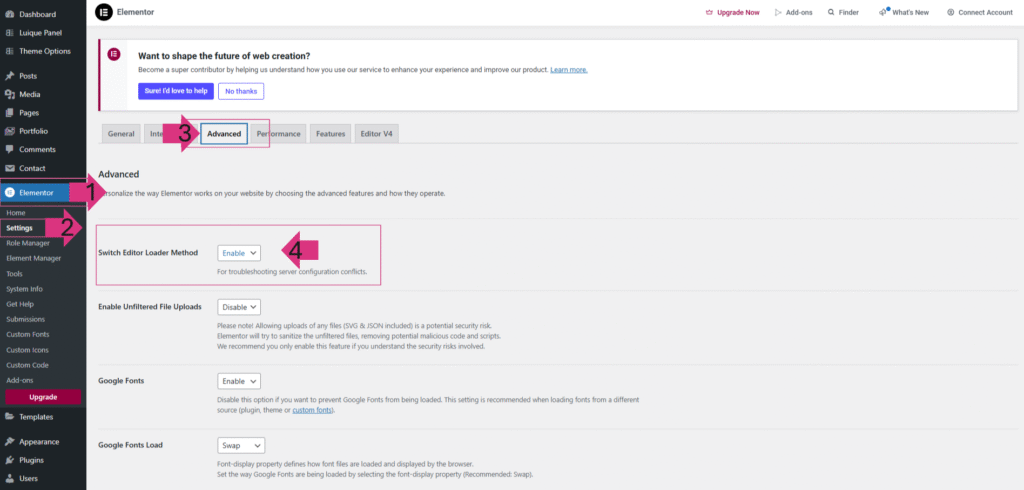
3. Adjust Cloudflare Cache Settings
If your site is using Cloudflare, follow these steps:
- Log in to Cloudflare Dashboard
- Select your domain
- Here you will find the Overview section
- On the right-hand menu, go to Configure caching
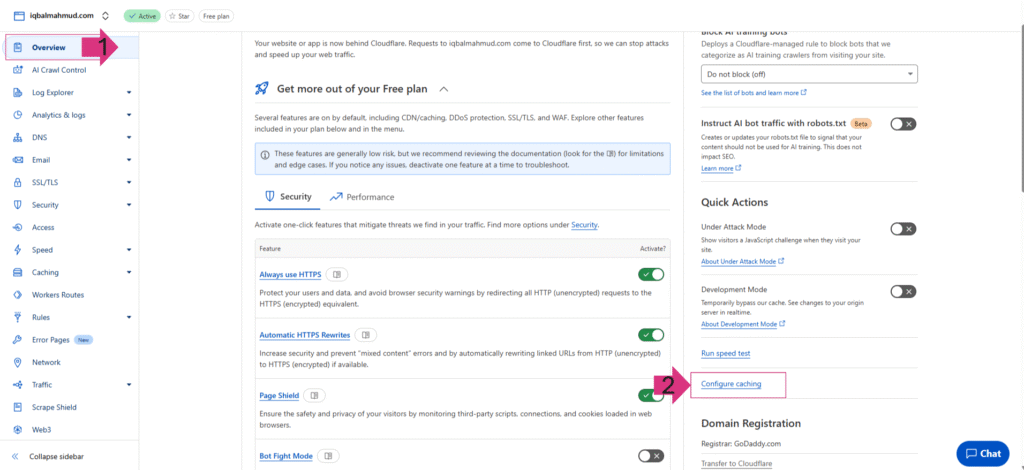
4. Purge Cloudflare Cache
- Under Browser Cache TTL, select Respect Existing Headers
- Now under the Purge Cache section on top
- Click Purge Everything
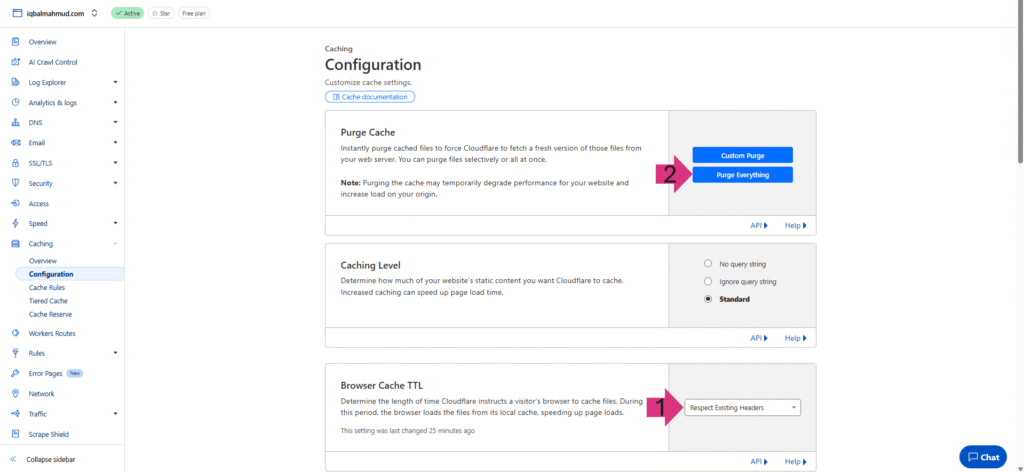
Final Step: Test Elementor
Now go back to your site and click “Edit with Elementor.”
✅ The 404 error should be gone.
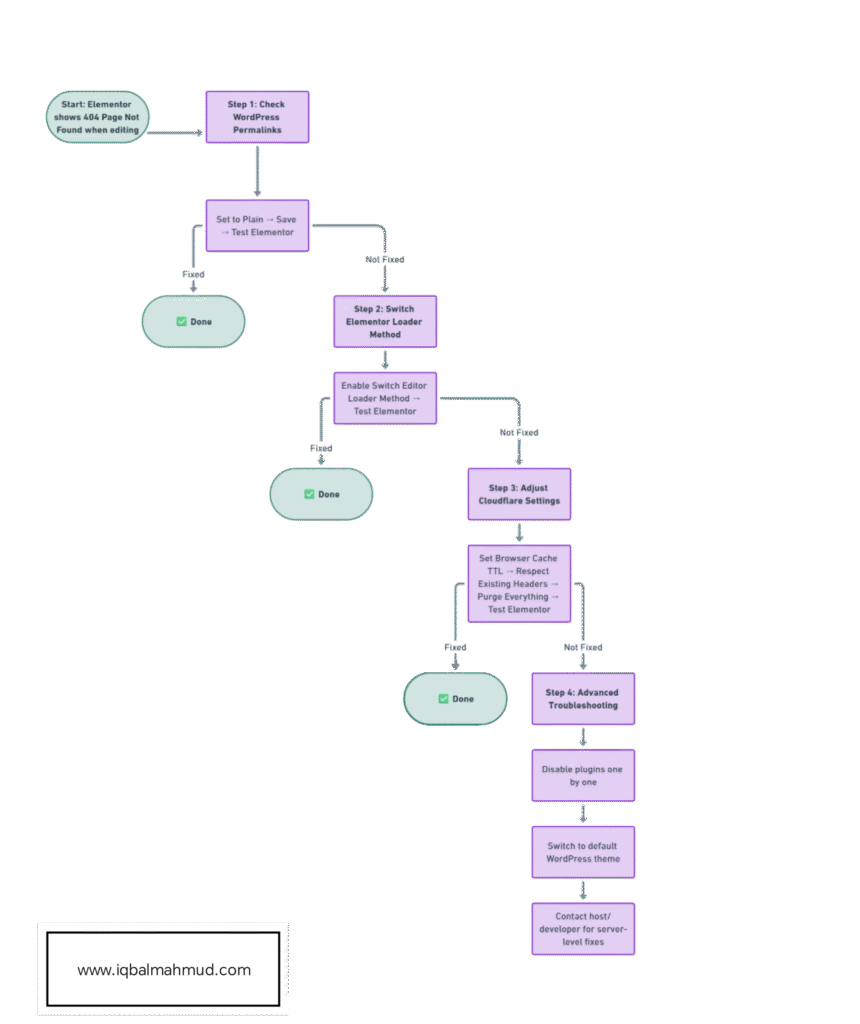
If the issue still persists, feel free to reach me out for expert Elementor troubleshooting help.
FAQ
Elementor often shows a 404 Page Not Found error due to incorrect WordPress permalink settings, conflicts with the loader method, or issues caused by Cloudflare caching.
To fix the issue:
1. Reset your WordPress permalinks to Plain.
2. Enable Switch Editor Loader Method in Elementor settings.
3. In Cloudflare, set Browser Cache TTL to Respect Existing Headers.
4. Purge cache in Cloudflare.
No. Elementor works perfectly without Cloudflare. However, if you use Cloudflare for speed and security, make sure your caching settings don’t conflict with Elementor.
Yes. Cloudflare’s aggressive caching and security settings can sometimes interfere with WordPress and Elementor. Properly configuring cache TTL and purge settings usually resolves the problem.
If the above steps don’t work, it could be due to a plugin conflict or server configuration issue. Try deactivating other plugins, switching themes, or contact me for help.

